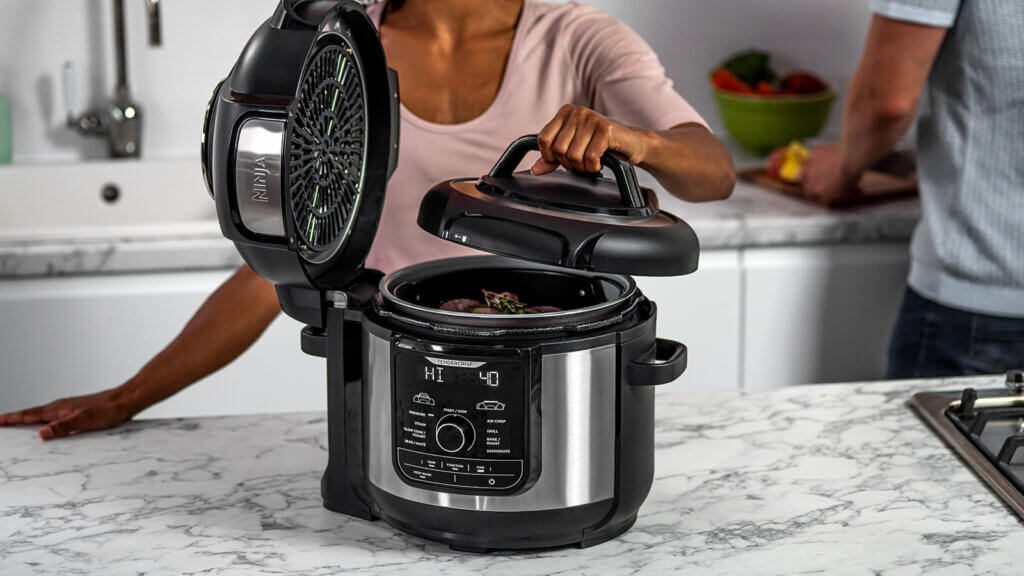In the hustle of modern life, keeping our homes spick and span can be a daunting task. The constant juggle between work, family, and personal commitments often leaves little time for household chores. Traditional cleaning methods have their limitations, and that's where the innovative solution of robot vacuums steps in.
These automated wonders are designed to seamlessly integrate into our lives, offering a smart and efficient approach to tackling dust and dirt. In this article, we'll explore how these robotic assistants have become a game-changer in the realm of household cleaning, revolutionizing the way we maintain our living spaces.
How Robot Vacuums Work
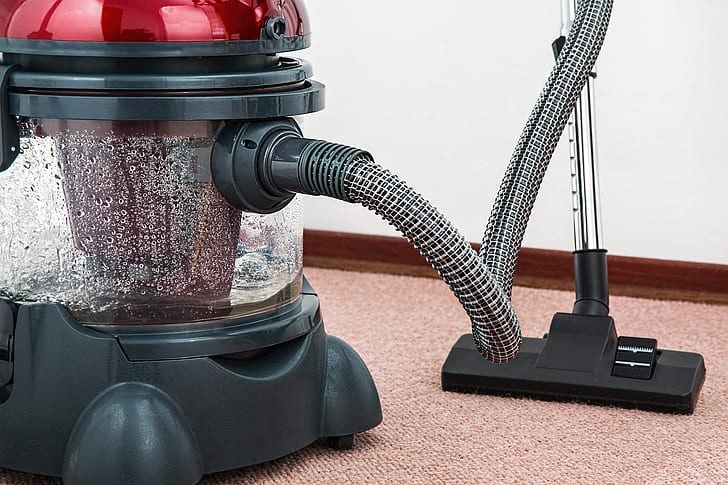
Sensor Technology and Navigation
Robot vacuums employ advanced sensor technology to navigate through diverse home environments. These sensors, including infrared and laser sensors, allow the device to detect obstacles and navigate around furniture seamlessly. The integration of proximity sensors ensures that the robot vacuum can adapt its cleaning path in real-time, avoiding collisions and creating an efficient cleaning route. This intelligent navigation system enables the robot vacuum to explore every nook and cranny of your home, providing comprehensive cleaning coverage.
Brush Systems and Cleaning Mechanisms
Equipped with cutting-edge brush systems, robot vacuums efficiently lift and collect dirt from various surfaces. Most models feature a combination of brushes, including main brushes for agitating dirt and debris, and side brushes for sweeping along edges and corners. Some advanced models even incorporate rubber brushes that flex and adapt to different floor types, ensuring optimal cleaning performance on carpets, hardwood, and tiles.
These dynamic brush systems, complemented by powerful suction mechanisms, contribute to the robot vacuum's ability to effectively capture and remove particles of all sizes.
Smart Mapping and Learning Capabilities
The intelligence of robot vacuums extends beyond simple navigation; many models boast smart mapping and learning capabilities. Using sensors and cameras, these devices create a digital map of your home, allowing them to remember the layout and optimize cleaning routes over time. This adaptive learning ensures that the robot vacuum becomes more efficient with each cleaning session, learning to avoid specific obstacles and identifying high-traffic areas that require more attention. The result is a tailored and precise cleaning experience that evolves with the unique dynamics of your living space.
Evolution of Robot Vacuum Technology
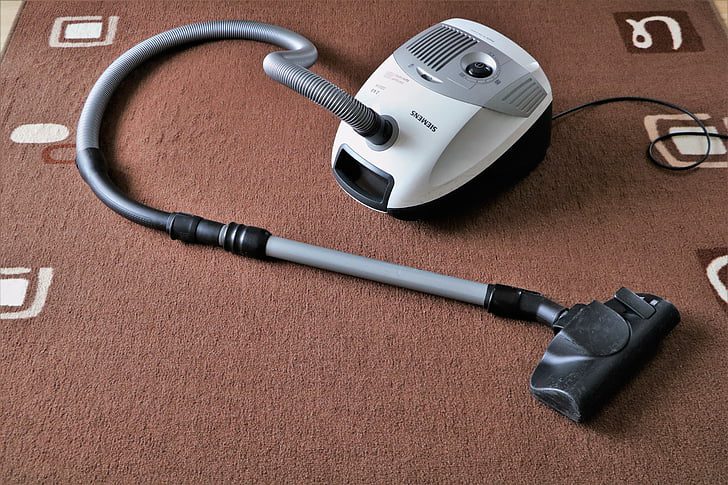
Early Models vs. Modern Innovations
The journey of robot vacuum technology has been marked by remarkable advancements. Early models, while groundbreaking in their concept, often lacked the sophistication seen in today's devices. Basic navigation, limited cleaning capabilities, and shorter battery life were characteristic of these pioneers. However, modern innovations have propelled robot vacuums into a new era.
Today's models feature improved sensors, intelligent mapping, and enhanced cleaning mechanisms, providing a level of efficiency and thoroughness that was once unimaginable. The evolution from rudimentary designs to cutting-edge technology showcases the industry's commitment to continual improvement.
Integration with Smart Home Systems
A pivotal leap in robot vacuum evolution lies in their seamless integration with smart home systems. Modern models can be controlled and monitored through smartphone apps, allowing users to schedule cleanings, adjust settings, and receive real-time updates remotely. Moreover, compatibility with voice assistants like Amazon Alexa and Google Assistant enables hands-free operation, adding a layer of convenience to the user experience.
This synergy with smart home ecosystems not only enhances user control but also positions robot vacuums as integral components of connected living spaces, contributing to the overall intelligence and efficiency of modern homes.
Advancements in Battery and Charging Technology
The evolution of robot vacuum technology extends to its power source. Early models often struggled with limited battery life, necessitating frequent recharges. However, contemporary advancements in battery technology have addressed this challenge. Modern robot vacuums feature high-capacity lithium-ion batteries that offer extended runtime on a single charge. Additionally, innovative charging docks and self-charging capabilities enable these devices to autonomously return to their base, ensuring they are always ready for the next cleaning session.
This evolution in battery and charging technology has significantly improved the overall effectiveness and reliability of robot vacuums in maintaining a consistently clean home.
Benefits of Using Robot Vacuums
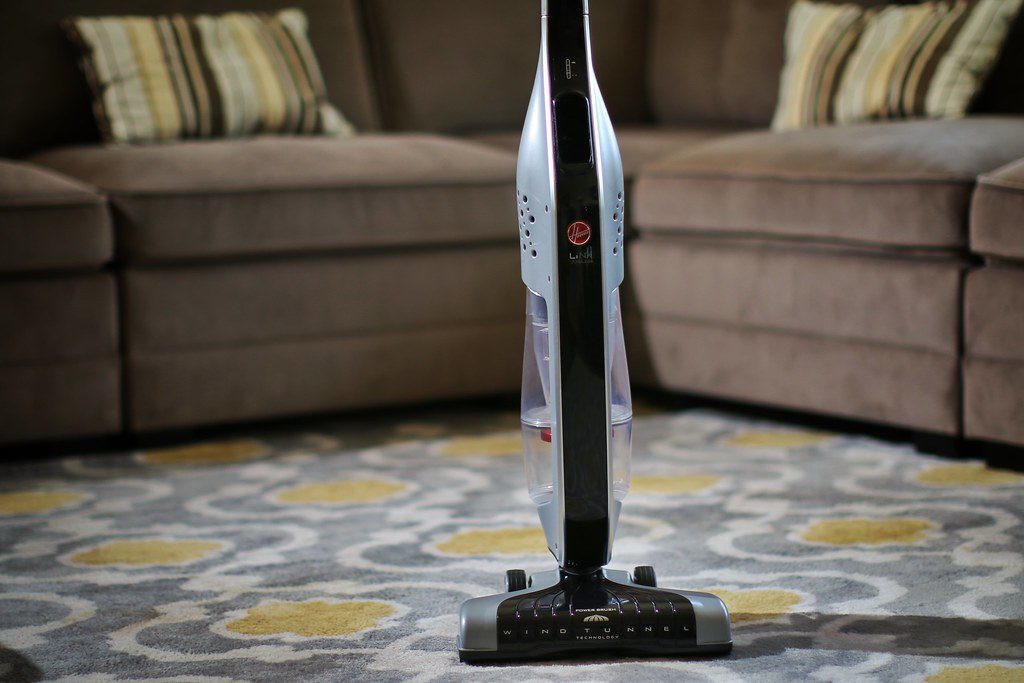
Time-Saving and Convenience
One of the primary advantages of employing robot vacuums is the substantial time savings and heightened convenience they bring to household cleaning. These autonomous devices operate on programmable schedules, allowing users to set specific cleaning times or initiate instant cleaning sessions via mobile apps. This automation eliminates the need for manual vacuuming, freeing up valuable time for individuals with busy schedules.
The convenience extends to the ability of robot vacuums to navigate multiple rooms and floor types independently, ensuring a comprehensive clean without requiring constant supervision.
Improved Air Quality and Allergen Control
Beyond time savings, robot vacuums contribute significantly to improved indoor air quality and allergen control. Equipped with powerful suction and high-efficiency filters, these devices effectively capture and trap airborne particles, including dust, pet dander, and allergens. Continuous cleaning cycles, especially in homes with pets or allergy sufferers, prevent the accumulation of pollutants. The result is a cleaner and healthier living environment. Moreover, the smart mapping capabilities of advanced models enable targeted cleaning in specific areas, ensuring thorough allergen removal.
For households with respiratory concerns, the adoption of robot vacuums becomes a proactive measure in maintaining a breathable and allergy-friendly space.
Energy Efficiency and Cost Savings
Robot vacuums showcase energy efficiency through their optimized cleaning algorithms and sensor-driven navigation. Unlike traditional vacuum cleaners that may cover the same area repeatedly, robot vacuums navigate efficiently, conserving energy and extending battery life. This not only reduces environmental impact but also contributes to cost savings in the long run. The initial investment in a robot vacuum is often outweighed by the saved time and energy costs associated with traditional cleaning methods.
As these devices become more energy-efficient and affordable, the overall cost of ownership diminishes, making them an economical and sustainable choice for maintaining a consistently clean home.
Common Concerns and Misconceptions
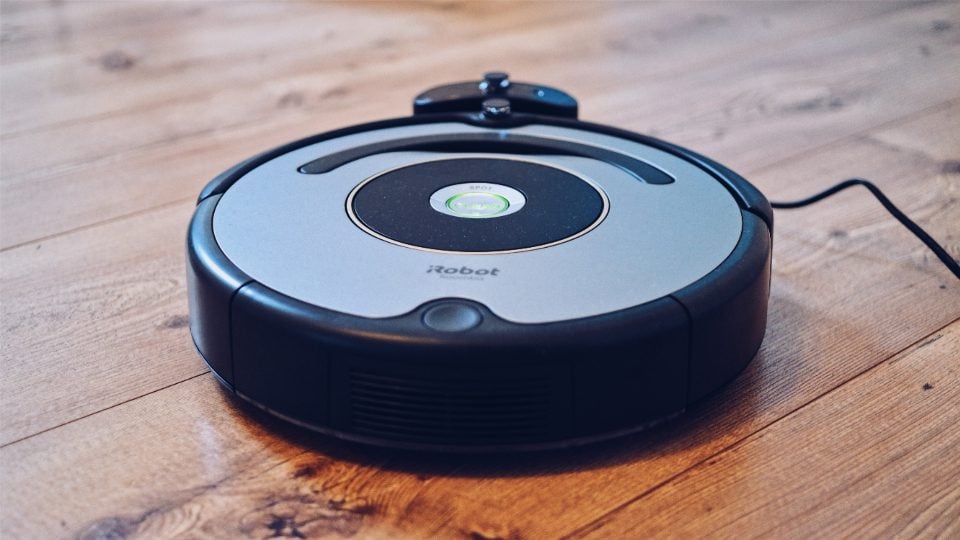
Effectiveness on Different Surfaces
One common concern surrounding robot vacuums is their effectiveness on various surfaces. While early models may have struggled with certain floor types, modern advancements have addressed these challenges. Contemporary robot vacuums are equipped with adaptive brush systems and adjustable suction power, allowing them to seamlessly transition between carpets, hardwood floors, tiles, and other surfaces. Intelligent sensors enable these devices to detect surface changes and adjust cleaning settings accordingly, ensuring optimal performance across diverse flooring materials.
As technology continues to improve, the once-persistent concern regarding effectiveness on different surfaces has become a misconception, with robot vacuums proving their versatility in maintaining cleanliness throughout the home.
Privacy and Security Concerns
Privacy and security worries often arise with smart devices, including robot vacuums. However, it's crucial to note that reputable manufacturers prioritize user data protection. Robot vacuums typically store minimal data, focusing on mapping for navigation purposes. Privacy concerns are further mitigated by advanced models that allow users to customize cleaning boundaries and exclude specific areas during mapping. While some devices use cameras for navigation, privacy features like real-time data encryption and the ability to disable cameras address potential security issues.
By staying informed about the privacy features of specific models and opting for devices from trusted brands, users can enjoy the convenience of robot vacuums without compromising their privacy and security.
Maintenance and Durability
Another misconception revolves around the maintenance and durability of robot vacuums. Some skeptics worry about the longevity of these devices and the potential hassle of frequent maintenance. However, modern robot vacuums are designed with user-friendly maintenance in mind. Detachable and washable components, such as filters and brushes, simplify the cleaning process.
Regular maintenance tasks, like emptying the dustbin or clearing debris from brushes, are straightforward and well-documented in user manuals. As for durability, advancements in materials and construction ensure that robot vacuums withstand the demands of daily cleaning. When users adhere to recommended maintenance practices, these devices prove to be reliable, long-lasting companions in maintaining a consistently clean home.
Choosing the Right Robot Vacuum for Your Home
Considerations for Different Floor Types
When selecting a robot vacuum, it's essential to consider the floor types in your home. Different models cater to specific surfaces, so assess whether your floors are primarily carpeted, hardwood, or tiled. Look for a robot vacuum with versatile brush systems and adjustable suction power to ensure effective cleaning across all floor types. Some advanced models even feature sensors that can detect changes in surfaces, automatically adapting their cleaning settings for optimal performance. By choosing a robot vacuum tailored to your flooring needs, you'll maximize its efficiency and maintain cleanliness throughout your home.
Budget-Friendly Options vs. High-End Models
The market offers a wide range of robot vacuums with varying price points, from budget-friendly options to high-end, feature-rich models. Consider your specific cleaning requirements and budget constraints when making a choice. While budget-friendly options may lack some advanced features, they can still provide effective cleaning for smaller spaces. High-end models, on the other hand, often come equipped with smart mapping, enhanced navigation, and additional sensors.
Evaluate the features that align with your priorities and make an informed decision based on the balance between budget and desired functionalities.


